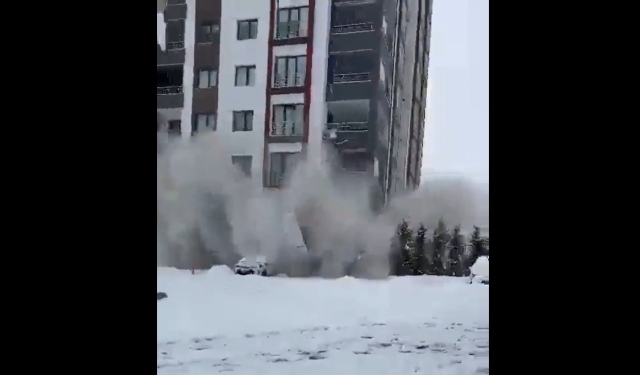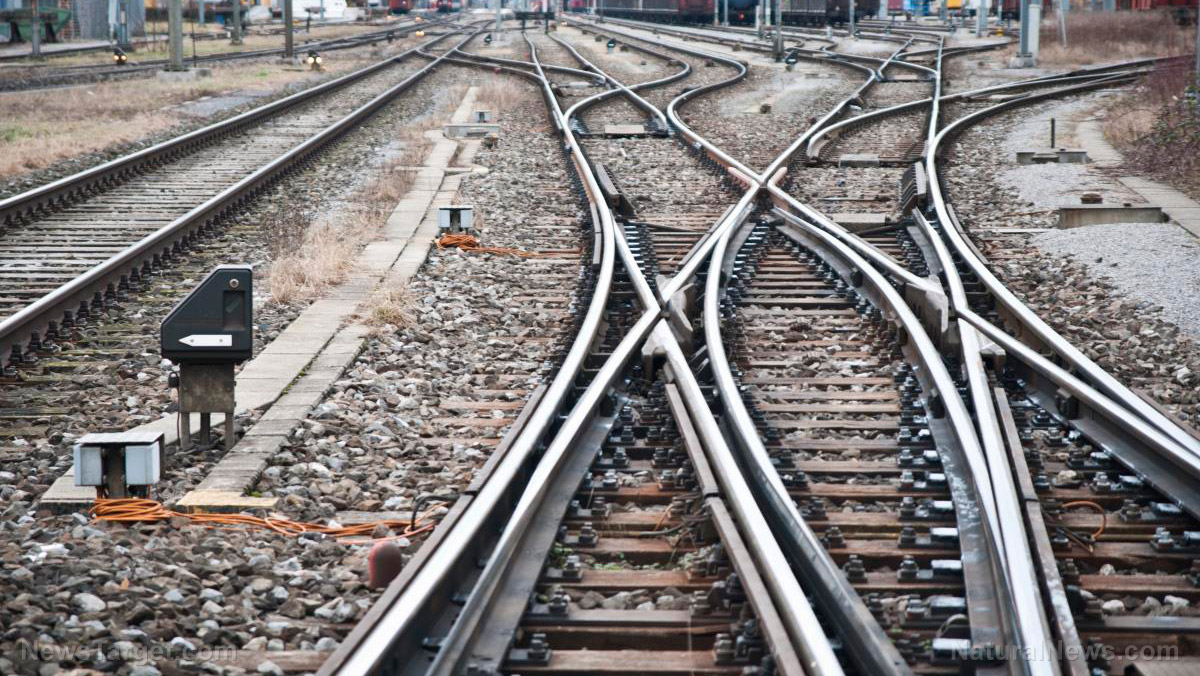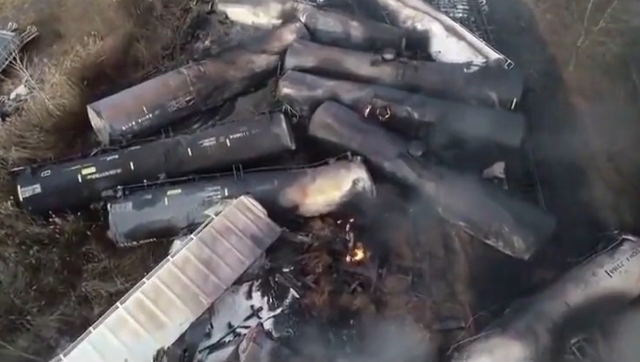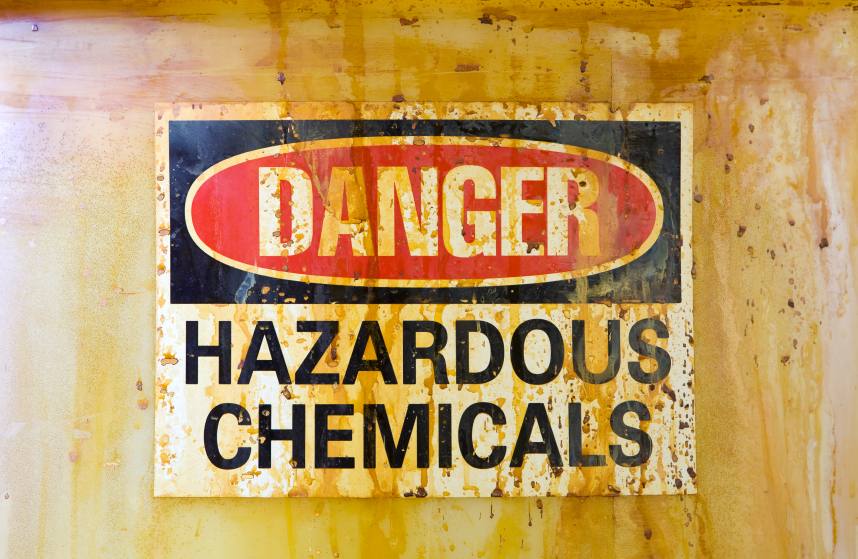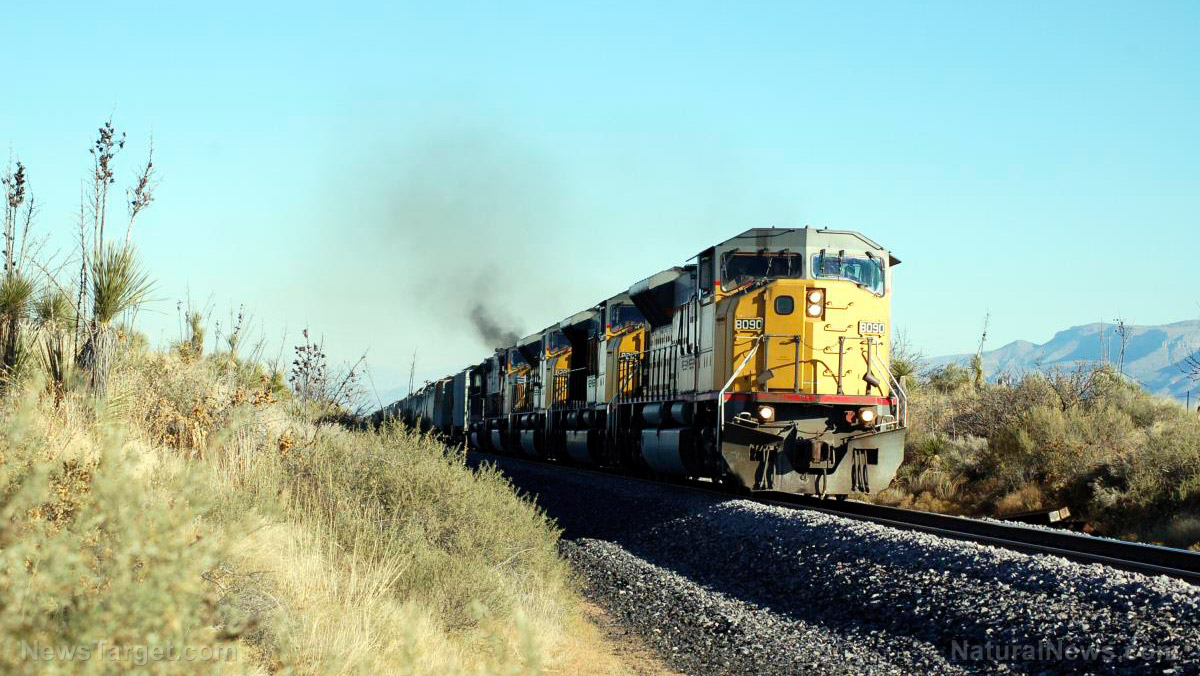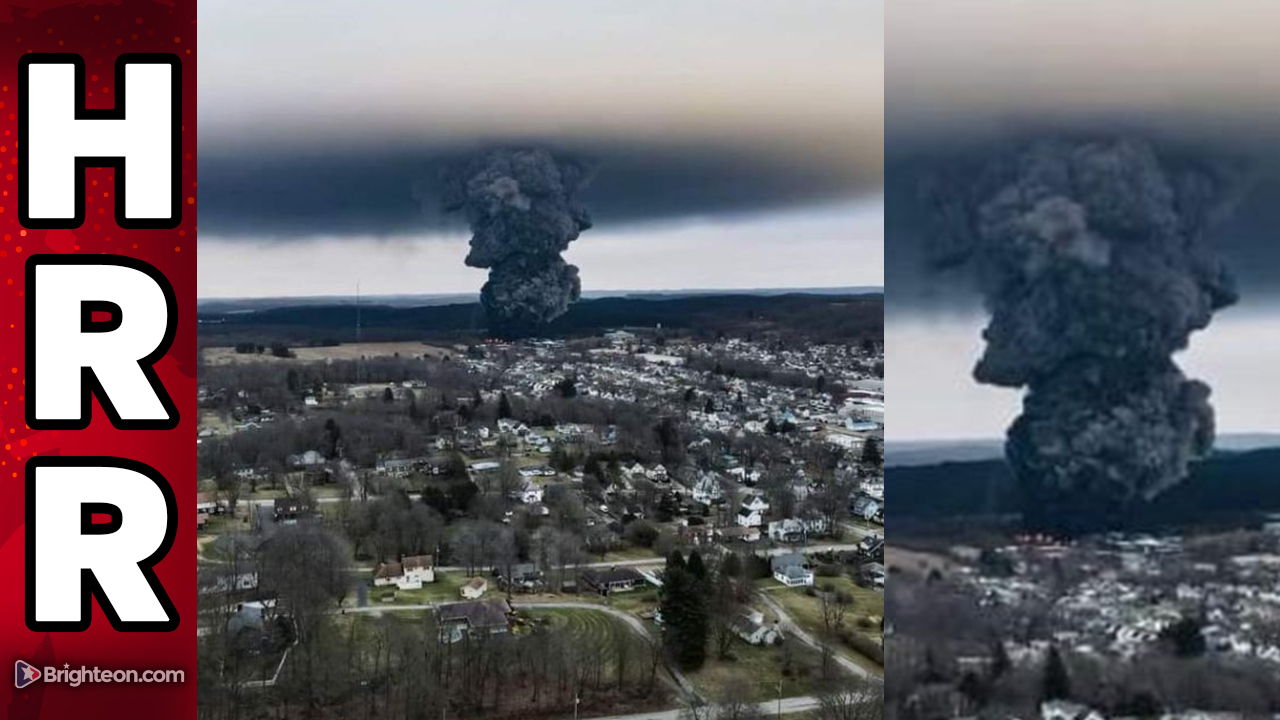Millions of gallons of untreated sewage from Mexico spilling into San Diego, forcing beach closures
02/17/2023 / By Cassie B.
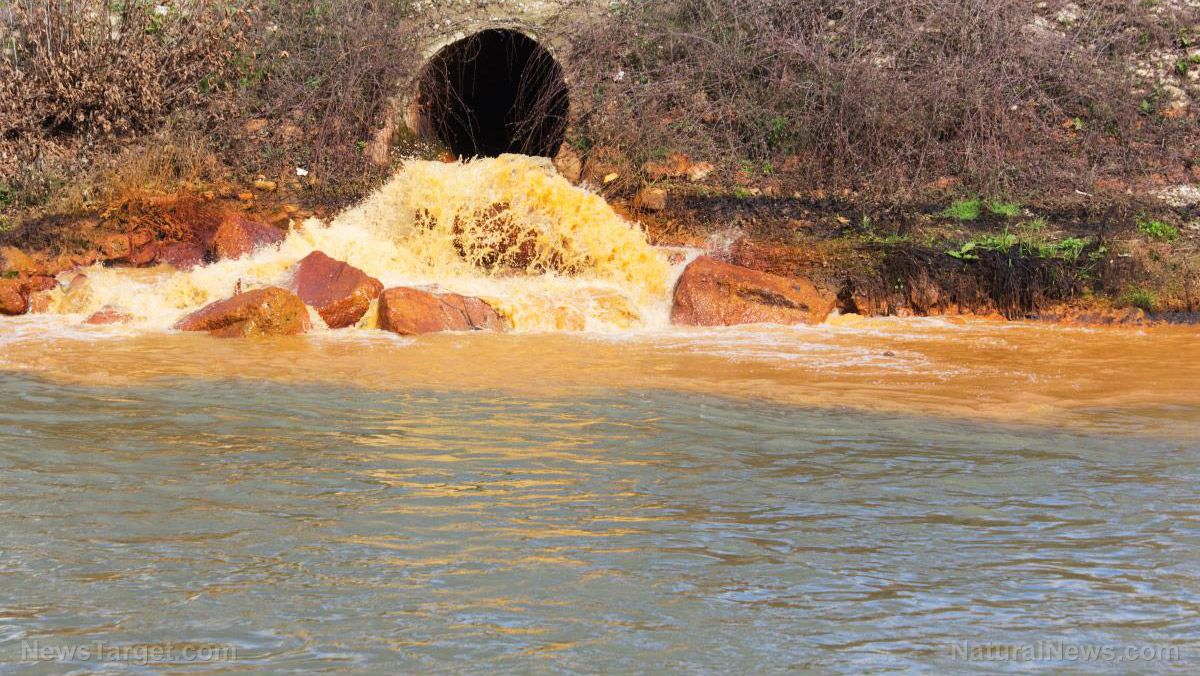
San Diego is contending with millions of gallons of raw sewage that are flowing into the city from Mexico via a pair of canyons on the border.
The sewage spill began when a construction crew accidentally ruptured a significant pipeline near Tijuana, forcing the closure of several pump stations that send sewage away from the border toward the coastline. This caused wastewater to escape from the collection system and drain into natural channels such as the canyons and the Tijuana River.
As a result of the contamination, San Diego has been forced to close some of its beaches. The county of San Diego’s Department of Environmental Health currently lists several major closures in connection with the sewage spill. The Imperial Beach and Silver Strand shorelines are currently closed because the bacteria levels there exceed health standards, and residents are being advised to avoid contact with the water in this area. Several other shorelines in the area are open but under an advisory related to the presence of bacteria.
Imperial Beach Mayor Paloma Aguirre has said that her top priority is cleaning up pollution that flows into the area from Tijuana, saying: “I’ve said it 1,000 times, but I’ll keep saying it until it’s fixed: It’s an environmental injustice.”
The current spill is largely concentrated in Smuggler’s Gulch and Goat Canyon, where concrete capture basins are serving to redirect at least some of the flow toward an international wastewater treatment plant situated on the border. The South Bay wastewater facility normally treats around 25 million gallons of sewage per day but has been taking on an extra 10 million gallons each day to try to stem the impact of the spill.
The Area Operations Manager in San Diego for the American section of the International Boundary and Water Commission, Morgan Rogers, noted: “We can sustain this, but it is adding wear and tear on our plant.”
Rogers added that Mexican officials hope to build a temporary bypass pipe that can be used to restore the flow of sewage to their wastewater plant, but that will take several days.
It is expected to take at least another week to fix the broken pipe, but experts warn that this will not fully address the pollution that comes from the aging San Antonio de Los Buenos wastewater plant in Punta Bandera, which is situated 6 miles south of the border near Tijuana.
Estimates from the U.S. Environmental Protection Agency show that the treatment plant sends roughly 35 million gallons of raw sewage per day into the Pacific Ocean. This waste often floats up the coast, leading to beach closures.
No easy solutions
The EPA has a $630 million plan to deal with sewage pollution flowing in from Mexico that includes expanding the international wastewater treatment plant in San Diego. Projects related to this plan could get underway within the next three years. However, the agency warns that it will be impossible to fully stop the flood of urban runoff that is caused by heavy rains, and Tijuana needs to make significant investments in improving its infrastructure.
San Diego has been dealing with untreated sewage leaking over the border from Tijuana since at least the 1930s. Although some advancements were made in reducing the problem during the 1990s, Tijuana’s plumbing is struggling to keep up with the city’s population growth.
In August, U.S. officials had to loan equipment to Mexico when a crucial set of sewer pipes situated at the top of a canyon that drains into San Diego broke in half. Like the current incident, the cause of the problem on that occasion was human error. Only one of those pipes has been fixed, which means that the bulk of Tijuana’s sewage diversion from the U.S. relies on that single pipe remaining functional.
Sources for this article include:
Submit a correction >>
Tagged Under:
big government, chaos, clean water, Collapse, Ecology, environment, infrastructure, nasty, panic, pipelines, San Diego, sewage, sewage spill, Tijuana, toxic water, wastewater
This article may contain statements that reflect the opinion of the author
RECENT NEWS & ARTICLES
COPYRIGHT © 2017 DISASTER NEWS


